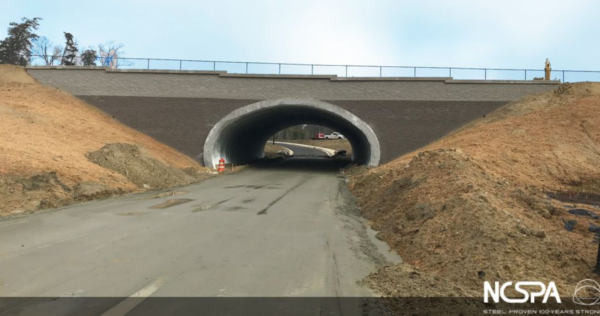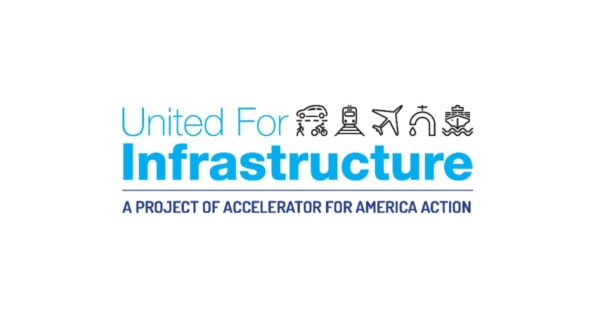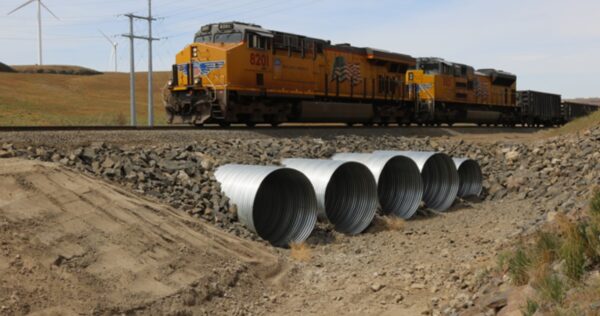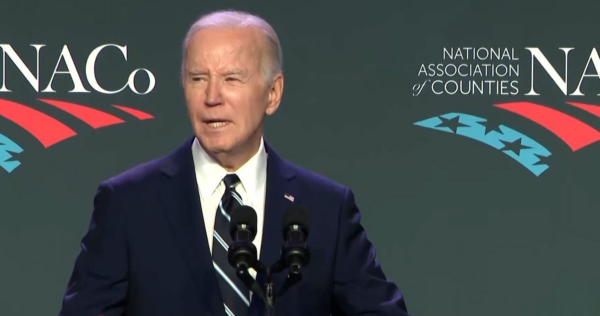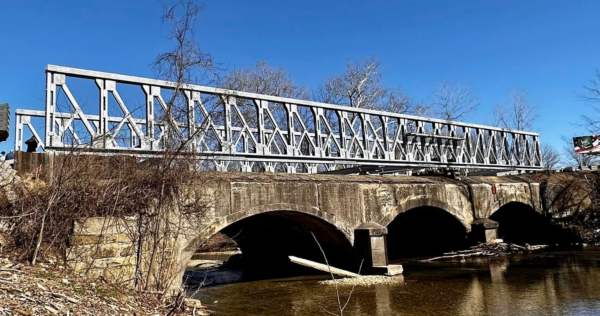A portion of Dr. Barker’s research focused on short-length bridges of 140 feet or less, which make up approximately half of the U.S. inventory that needs to be repaired or replaced. The research examined costs with respect to variability in bridge type, span length, number of spans, and bridge life. Typical bridges are defined in the study as those with concrete decks supported by steel rolled beams, steel plate girders, precast concrete boxes, or precast concrete beams.
Working from Pennsylvania Department of Transportation (PennDOT) historical records, he developed a database to determine and compare the life cycle costs of steel and concrete girder bridges. More detailed information on the parameters of the research and determination of values for life cycle costs are included in video (top of this post).
For the short-length bridges included in the PennDOT database, the research demonstrated:
- The steel I-beam had the longest life.
- The steel I-beam had the lowest cost.
- Steel bridges have lower future costs compared to initial costs.
- None of the bridges clearly beat out the others, meaning any one type of bridge may be the most economical for a given bridge project.
Overall Results
After analyzing the extensive data collected, Dr. Barker concludes:
- Typical steel and concrete bridges are competitive on initial costs, future costs, life cycle costs and bridge life.
- For any given bridge project, steel or concrete bridge types may be the most economical. Therefore,
- Owners should consider both steel and concrete alternatives for individual bridge projects.
The research results do not provide a clear preference for either material. However, the results clearly disprove generally accepted assumptions by bridge engineers that concrete girder bridges are the least-cost solution for every short span project.
It is clear from the research that bridge owners and design professionals who want to find the most economical and long-lasting solutions for repairing and replacing their bridge inventories should conduct a thorough cost analysis that considers the potential benefits of steel and concrete options. Conducting the analysis upfront could save thousands of dollars down the road in maintenance and repair costs.
To download the complete report, “Historical Life Cycle Costs of Steel and Concrete Girder Bridges,” click here.
To download the Fact Sheet, click here.
For more information, contact Dr. Barker at Barker@uwyo.edu.
 Short Span Steel Bridges
Short Span Steel Bridges 

